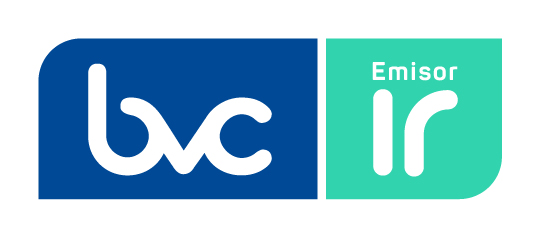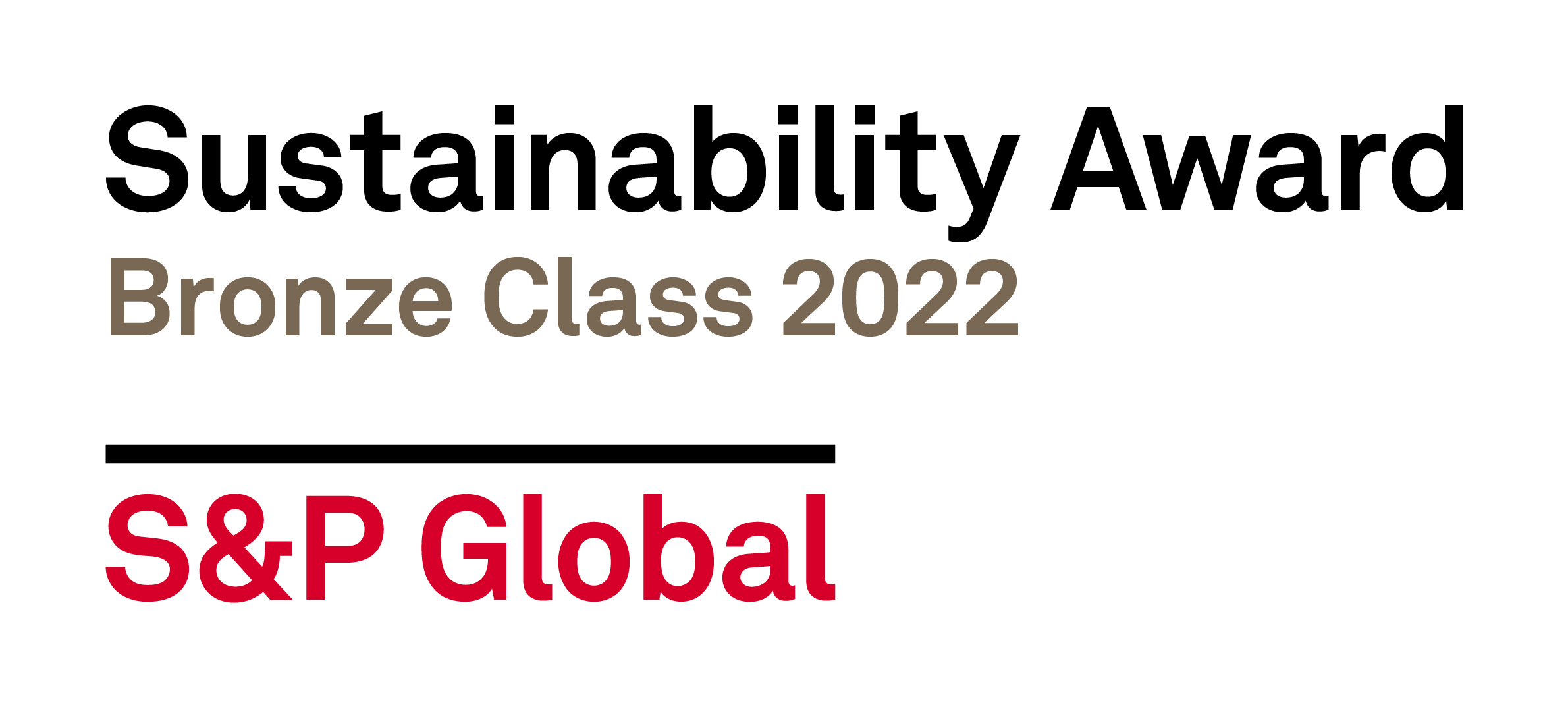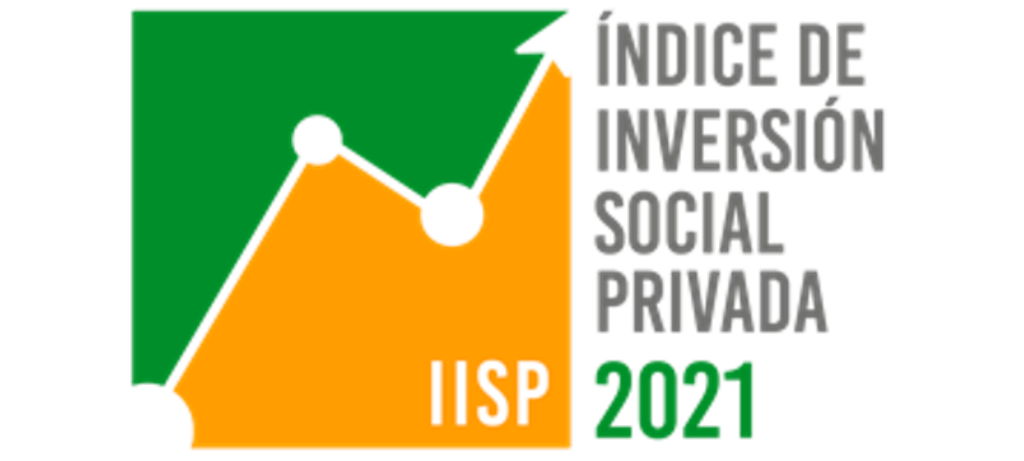This Is How We Lead
Economic Growth
Financial management allows us to manage resources efficiently, guarantee economic growth and generate shared value for our Stakeholders.

GRI (103-1) Our financial management is important because it allows us to direct and manage resources efficiently to guarantee profitable results, maintain a long-term vision and guarantee the generation of value for our Shareholders and our Stakeholders, in such a way that the results are sustainable and in harmony with the social and environmental surroundings.
GRI (103-2) At Celsia, financial management creates value through the processes that accompany the continuity, business solvency and sustainable-growth initiatives and the strengthening of the capital structure for Company expansion, including:
- Obtaining resources to support growth, while guaranteeing an optimal capital structure.
- The financial structuring of business cases to favor obtaining the rates of return desired by the Company, with a margin on the cost of capital.
- Continuous monitoring of interest rates, exchange rates and other macroeconomic variables, risks, accounting/tax regulations, among others.
- The management of alliances to develop energy-generation projects that contribute to the stability of the energy portfolio.
- Accounting, tax and treasury management, which guarantees business continuity and constant process improvement.
GRI (103-3)
- Obtaining the resources necessary for growth and expansion.
- Sale of 100% of the Shares of Celsia Move S.A.S., a company that participated in the first Transmilenio tender with the adjudication of 120 electric buses. The sale was made to VIP Green Mobility and we received resources for COP 122.597 billion.
- Progress, as planned, in the process of the closing and structured liquidation of the Bahía Las Minas Thermal Power Plant, which is part of the Colón Thermal Complex, in Panama.
- We maintained our AA+ investment grade credit rating stable.
- The effective rental rate, measured as the current income over before-tax profit, was lower at the end of 2021, compared to the nominal rate, thanks to the strategy of capturing tax benefits that the Organization has.
- The solar and transmission investment platforms added revenues for COP 147 billion in 2021.
- The savings goals establishes that were effectively disclosed among employees were met, and we were able to execute them successfully, thanks to the rigorous follow-up and support that was given to the teams for their fulfillment.
- During the COVID-19 health crisis, the portfolio increased by a considerable amount, which has been successfully collected, thanks to the payment agreements reached and the valuable payment culture of our clients.
Today, our assess amount to COP 12.6 billion, a 30% growth compared to 2016.
Taxes Paid
GRI (103-3)
Home and Business Clients
In our primary energy-commercialization business, in 2021, we delivered 3,638 GWh, with an annual growth of 8.4%, of which 2,180 GWh went to the Homes market, which grew 1.7%; 1,391 GWh in the Business market, which increased 18.1%; and 67 GWh in photovoltaic energy, higher by 103.3%.
We invested COP 365 billion in substations, new circuits and control systems to improve reliability and make our clients safer. Of the total invested, COP 154 billion went to the operation in Tolima and COP 211 billion to Valle del Cauca, Colombia.
Generation
Today, we have 1,788 MW of energy-generation capacity, of which 80% comes from renewable sources, including hydroelectricity. Availability was 88% and we recorded investments that totaled COP 62 billion.
Wind generation will be one of the primary drivers of clean energy in Colombia, and at Celsia, we are advancing in the management to materialize the 330 MW that we have in an advanced state of feasibility and pre-construction. Located in La Guajira, the 80 MW Acacia and 250 MW Camelias 1, 2 and 3 Wind Farms are in the process of negotiating contracts for the construction of civil works and equipment supply, and in the modification of environmental licenses, taking into account the detailed designs of the project. For the connection lines associated with the project (Cuestecitas 500 kV and 110 kV), we made progress in the corresponding prior consultations.
Investment Platforms
Since 2019, we have been deploying a successful asset-management model, hand in hand with national and international partner. In less than three years, we have commissioned two investment platforms: C2 Energía and Caoba Inversiones, specialized in large-scale solar energy issues and transmission, respectively. In addition, with investors – such as Canacol and Proelectrica – we are building the El Tesorito gas-fired Thermoelectric Plant in Sahagún, Córdoba, in Colombia.
Solar-Investment Platform
C2 Energía develops large-scale solar-energy projects in Colombia. Together with our Company, this business recorded COP 16.8 billion in income, a growth of 65%, thanks to the fact that each year, the platform adds greater generation capacity. C2 Energia’s EBITDA reached COP 13.3 billion, almost three times that recorded a year ago.
On the other hand, in the renewable-energy auction carried out by the Ministry of Mines and Energy, the Company was awarded 225 GWh/year, which will be generated from Ibagué by Celsia Solar Escobal 6, a solar farm that will have a capacity of 131 MWp and till be commissioned in December 2024.
Transmission-Investment Platform
In Caoba, we integrated the operational assets related to Plan 5 Caribe, the Toluviejo project under development and the assets with voltage levels 3 and 4 and the National Transmission System (STN) acquired in Tolima. This platform has assets amounting to COP 1.55 billion; its operating income in the year totaled COP 181 billion, with a growth of 21% due to the incorporation of assets and better performance of demand. The EBITDA was COP 155 billion, with an increase of 22% and the Net Profit was COP 6.6 billion.
In 2021, we were adjudicated the Pacific National Transmission summons, which will allow the construction of the 230 kV substation and associated lines, and which should be commissioned in May 2025. This project will generate additional income amounting to USD 6.8 million for Caoba.
Thermal-Investment Platform
El Tesorito is a thermal-electricity generation platform that plays the important role of supporting our renewable-generation portfolio; it will have 200 MW in capacity. At the end of December, we has 70% progress on the project.
The normalized annual EBITDA that we expect to obtain for 20 years, only for the reliability-charge business is USD 18 million and the investment that will have been allocated for the construction of the plant will amount to USD 190 million.
The El Tesorito project advanced with the construction of the generation plant, the substation and the operation buildings. In Colombia, we already have the 11 generators and motors of the plant.
GRI (103-3) The results of our businesses were positive, both operationally as well as financially.
Consolidated Income
(+16.3% A/A)
EBITDA
(+10.7% A/A)
Net Profit
(+60.7% A/A)
New challenges
These are our short-, medium-, and long-term challenges:
- Maintain financial flexibility to support business growth.
- Give continuity to the firmness of the Company’s current capital structure and solvency.
- Manage financial models and structure the development of profitable, sustainable growth projects to meet medium- and long-term growth goals.
- Support the execution of projects with the achievement of optimal, timely resources to successfully materialize the strategy in the medium and long term, and maintain a competitive, balanced, flexible and sustainable portfolio of assets.
- Give financial support to all the Organization’s processes to guarantee its continuity, solvency and long-term sustainability.
- Constantly venture into new challenges that lead the Organization to sustainable fulfill its growth strategy.
Glossary
EBITDA: The financial indicator of our Company’s profitability. It is calculated as profit before interest, taxes, depreciations and amortizations.
Income: Resources that come from the management of the Company’s operation.
Net Profit: The result after deducting all the corresponding expenses and taxes from the income obtained by the Organization.
Ordinary Bonds: Securities that represent a debt that an issuing entity has with the natural or legal persons that acquire them. They are a financing option for companies, different from bank credit. In this case, the issuing company acquires the obligation to return the amount of the investment to the bond holder after a period of time has elapsed, plus a sum of money that is equal to the interest it promised to pay.







